Date : July 2 - 3, 2019
Notice: Ehime Press Tour
post date : 2019.06.17
[Overview]
<Tour Topics>
- People Breathing New Life into Traditional Industries with New Methods and Techniques in Areas with a Declining Population
- Developing a Brand and Specialties with Local Resources in Iwagijima, an Isolated Island Town on the Shimanami Kaido
- Initiatives to Turn a Crisis into an Opportunity in Matsuyama, Where the Main Building of Popular Tourist Attraction Dogo Onsen Is Being Renovated
On September 1 and 2 this year, the G20 Labour and Employment Ministers’ Meeting will be held in Matsuyama, Ehime, on the island of Shikoku. There will be representatives from over 30 nations and organizations at the event, including labor and employment ministers from G20 nations, and discussions will be held about global employment and labor issues.
Ehime also does well in measures indicating a positive work-life balance, and ranks highly as a “stress off” prefecture. Matsuyama, with the highest population of any city in Shikoku, is aiming to have the best hospitality in Japan, and has been implementing various tourism promotion policies in cooperation with the prefectural government, which has led to growing interest in Matsuyama as a tourist destination from both within Japan and overseas.
However, like other regions, Ehime is facing a serious issue of a labor shortage in various industries as the population declines and young people leave the prefecture.
With local government initiatives such as events promoting the ease of working and living in Ehime and a counseling system available for people wanting to relocate there, in recent years Ehime has been growing in popularity as a place to relocate to. New initiatives to stimulate the local economy are being carried out by many throughout the prefecture, with relocatees and others creating products with high market value by “modernizing” local resources and traditional products.
This tour will visit southwest Ehime and learn about companies carrying out cutting-edge initiatives using unique ideas and technology, and visit Iwagijima, an island along the east of the Shimanami Kaido, and learn about efforts to promote industry using the island’s local specialty of lemons, with the slogan “The Island of Green Lemons.”
The tour will also visit Dogo Onsen, said to be the oldest onsen in Japan and designated as an Important Cultural Property, in Matsuyama, see the conservation and repair work being carried out on the Honkan (Main Building), learn about unique measures to use the construction itself as a tourism resource, and visit Asuka-no-Yu, a new center for onsen culture.
[Tour Details]
Tuesday, July 2
[1] Telefarm Inc.
Mr. Shinobu Endo, President
Telefarm uses a system in which users can register on their website and pay a fee to order one of over 100 types of crops such as spinach, watermelon, and eggplant to be cultivated at one Telefarm’s contracted farms. The farm will send information such as how the crop is growing and the weather at the farm, along with images and videos, and once the crop has been harvested it will be sent to the user’s home. Telefarm’s president, Shinobu Endo, started the company in 2008 with the hope of energizing regions suffering from an aging population and population decline by purchasing agriculture. After having difficulty with borrowing farmland and establishing sales routes when trying to get into farming, Endo built Telefarm’s system in which the farmland of farmers who considered retiring from agriculture due to age or not having a successor could be used to teach people interested in entering the agriculture industry. Currently, Telefarm has borrowed approximately seven hectares of farmland in Ozu and Iyo, with 25 workers in their 20s to 40s farming there. In 2016, the major IT company Rakuten joined the business.
◆President Endo will discuss how he came up with the system for providing the primary industry of agriculture as a service for cultivating crops, how the crops grown are sold, and Telefarm’s relationship with Rakuten. The tour will also visit the farm and interview the employees.
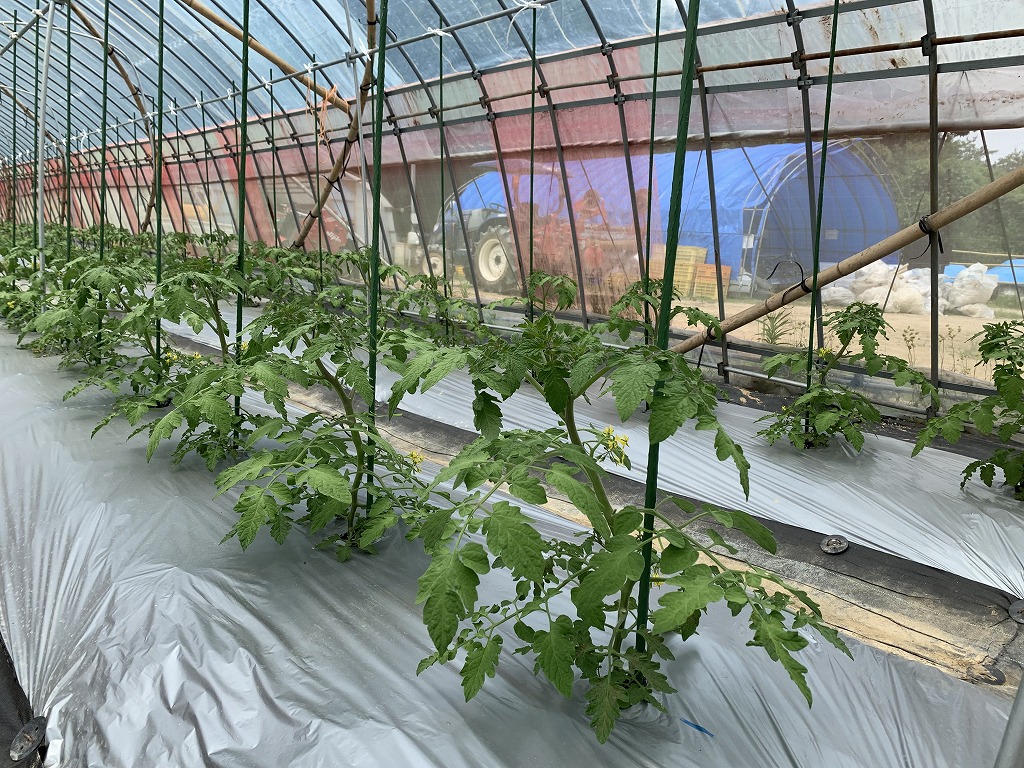


[2] Uwajima Project Inc.
Mr. Koji Saiki, Assistant General Manager, Business Management and Operation Division
Nakata Suisan Ltd.
Mr. Rikio Nakata, President
http://www.project-u.jp/en/index.cgi
Located in the southwest of Ehime, Uwajima has a classic ria coast, with an irregular patchwork of inlets and peninsulas, and its fishing industry has always been very active. It has been the No. 1 producer of farmed red seabream (madai) in Japan since 1990. Another product Uwajima is known for is citrus fruit such as mikan (satsuma mandarin) and iyokan, and the leftover fruit and oil from making juice and other products is now used by mixing it into the feed for “Mikan Fish.” Uwajima Project Inc. thought up this new fish brand combining fish and mikan, and Mr. Nakata, president of Nakata Suisan, farms Mikan Sea Bream, Mikan Yellowtail, and Mikan Salmon. By farming Mikan Sea Bream throughout the year, Mikan Yellowtail during the winter, and Mikan Salmon from mid-March to early May, the farming facilities are used efficiently and productivity is increased. With their refreshing mikan aroma, Mikan Fish have been noticed by major conveyor-belt sushi chains, and sales have been increasing. The company is working to expand sales channels both within Japan and overseas, and in 2018 exported Mikan Fish to countries such as Saudi Arabia, Singapore, Taiwan, and the US.
◆Mr. Saiki and Mr. Nakata will speak about what led to him beginning to farm Mikan Fish, his efforts to establish the brand, and plans for future expansion, overseas and otherwise. There will also be a chance to see the fish being fed their feed with citrus fruits mixed in, from near the enclosure. Thanks to the generosity of Mr. Nakata, there will also be an opportunity to try some Mikan Sea Bream.

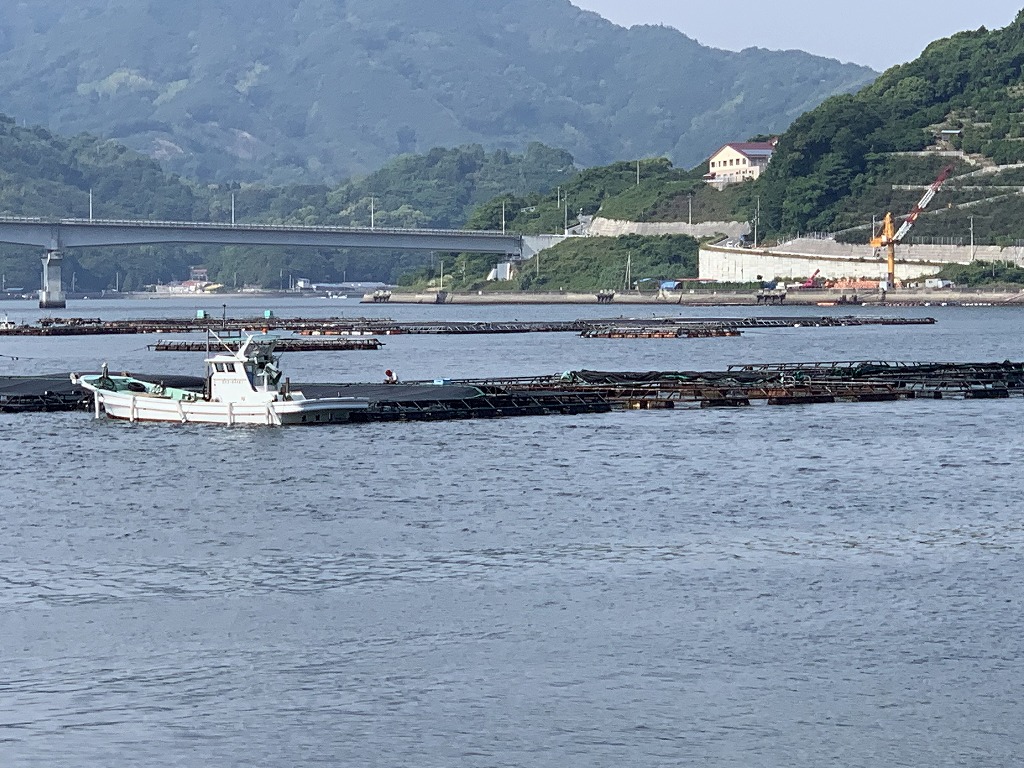

(Left pictures provided by Uwajima Project)
[3] Ikazaki Shachu Inc.
Mr. Hiroyuki Saito, President
Since there is ample water and plants which can be made into washi (Japanese paper) in the area around Uchiko-cho Ikazaki, where Ikazaki Shachu is located, it became famous over 300 years ago as a producer of traditional Ozu washi, but began suffering from a lack of younger artisans for this traditional industry. A native of Kanagawa who worked in Tokyo as a systems engineer, Ikazaki Shachu President Hiroyuki Saito was first introduced to Ozu washi when he learned that his father-in-law was working on finding youth to join the industry, as part of the Uchiko-cho Commerce and Industry Association. When his father-in-law successfully applied to the Japan Brand Development Support Project, Mr. Saito founded his company in 2008 to establish a strong global brand. Ikazaki Shachu’s main product is the “Gilding Series,” wallpaper that combines handmade washi with gilding techniques. Gilding uses metallic foil to make designs on materials such as paper or cloth, using the oxidization and corrosion characteristics of metals. The designs are based on traditional Japanese patterns and are made by Mr. Gabor Ulveczki , a wallpaper designer who lives in Paris and taught Mr. Saito gilding, which are then uniquely combined with handmade washi. Recently, sales routes have expanded overseas as well to Europe, Singapore, and Taiwan.
◆President Hiroyuki Saito will speak about the characteristics of Ozu washi, the excellent reception gilding washi has received overseas a well, and the differences between his life now and when he was a businessman in Tokyo. There will also be a chance to see the workshop and the products being made.

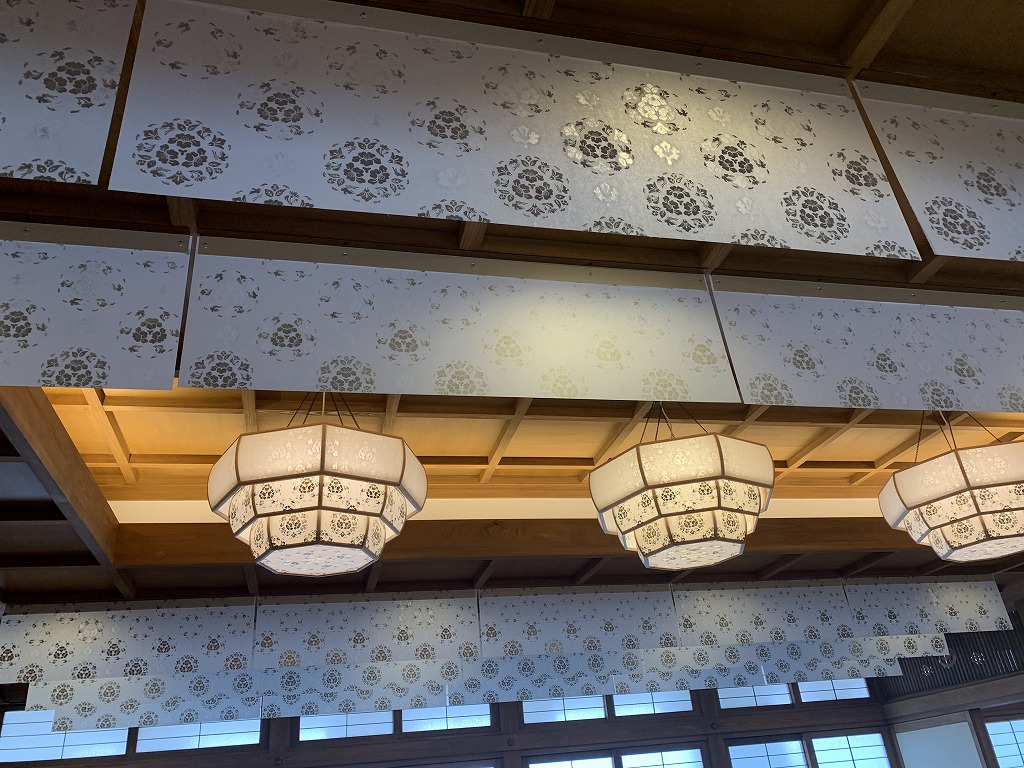

Wednesday, July 3
Located by the Shimanami Kaido, Iwagijima is one of Ehime’s Kamijima Islands and is an “island without bridges” that can only be accessed by ferry. With a population of 2,035 (as of October 2015), this island with a circumference of approximately 15 kilometers uses its warm climate to grow a variety of citrus fruit, and is known as “The Island of Green Lemons.” Cultivation began approximately 30 years ago as part of an initiative to stimulate the town’s economy.
[4] Waki Farm
Mr. Yoshitomi Waki, Owner
Mr. Yoshitomi Waki, owner of Waki Farm, was the first in Japan to sell green lemons commercially, increasing the popularity of Japanese-grown lemons. When he went to Iwagijima as an employee of the Ehime Fruit Tree Experiment Station in 1971, the price of lemons had decreased with the liberalization of lemon imports in 1964, and lemons were not being cultivated on the island. Mr. Waki worked at the Fruit Tree Experiment Station until retirement, and then became a farmer. Green lemons do not use any preservatives or wax, and are popular as safe lemons that you can even eat the peels of.
◆Mr. Waki will speak about why the name “Aoi [blue/green] Lemon” was chosen, and what efforts are necessary to grow lemons. The tour will also see lemons being grown outdoors.
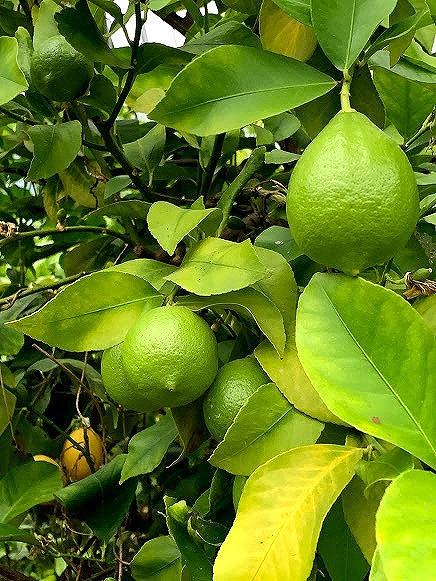
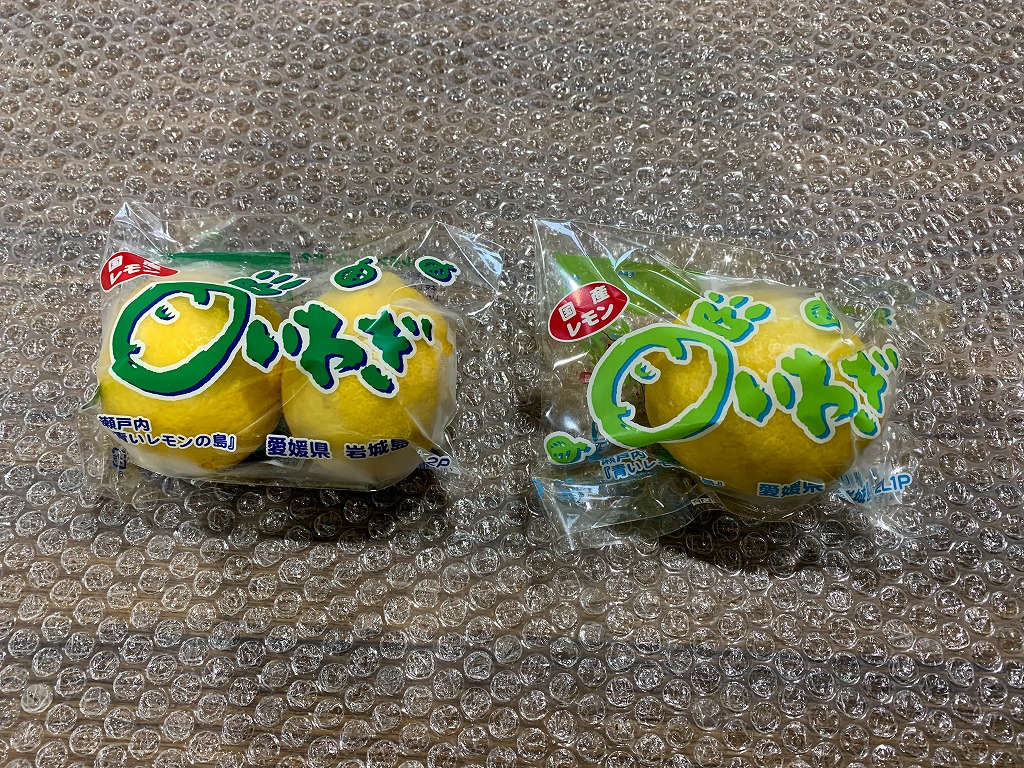

[5] Cyclical Agricultural Initiatives in Iwagijima
Matsuura Farm (Produces “Lemon Pork”)
Mr. Hiroshi Matsuura, Owner
Iwagi Bussan Center Co., Ltd. (Sells processed goods and liquor made with lemons)
Mr. Takanori Omoto, Executive Officer and Center Director
Matsuura Farm, the only pig farm on the island, raises “Lemon Pork” pigs. When given the leftovers from making Aoi Lemon products such as lemon juice, jam, and liquor at Iwagi Bussan Center, the pigs happily ate them. Mr. Hiroshi Matsuura returned to Iwagi at the age of 30 and joined the agriculture industry. Having heard that the lemon residue was thrown out, he worked towards creating an agricultural cycle to avoid creating waste. Every year, he uses the lemon residue as feed during the period lemons are cultivated, from June to November. By using pig manure as an organic fertilizer for lemons and other citrus fruits, an agricultural cycle was established. This environmentally-conscious method has been well-received not just locally but throughout Japan, helping to popularize the Lemon Pork brand.
Iwagi Bussan Center has developed a variety of products, using green lemons in jam, sweets, syrup, essential oil, and soap, helping to ensure a stable income for lemon farmers. Some people who heard about the initiative have moved to Iwagijima to become lemon farmers.
◆At the Kamijima Town Iwagi Office, the tour will hear from Mr. Hiroshi Matsuura of Matsuura Farm about naming Lemon Pork, the effects of eating lemons on pigs’ health, and Iwagijima-style cyclical agriculture. Mr. Takanori Omoto, Center Director of Iwagi Bussan Center, will speak about working to establish the Aoi Lemon brand, and the development of processed products to add value. The tour will also visit the lemon processing plant.



( Pictures provided by Matsuura Farm)
[6] Farm Restaurant Debeso Obachan no Mise
Ms. Takako Nishimura, Owner
http://www.shokokai.or.jp/38/3835613008/index.htm
Debeso Obachan no Mise is a restaurant that serves “lemon kaiseki” dishes using green lemons. “Debeso” means “intrusive” in the Iwagi dialect. Its owner Ms. Takako Nishimura had always wanted to open a restaurant, and fulfilled her dream when this restaurant opened in 2006. When opening a restaurant in a private home, it is necessary to have a clear separation between home and business in order to receive an operating license, but thanks to being selected as part of the first wave of the Ehime Dream Proposal system made to encourage development taking advantage of local character by relaxing regulations, she was able to open the restaurant with minimal renovations.
The lemon kaiseki meals served at the restaurant are home-cooked style, using Aoi Lemons and a variety of other fresh ingredients from the Seto Inland Sea region. One popular dish is Lemon Pork wrapped in Aoi Lemons. Over 2000 people have visited the restaurant since it opened, with Ehime Governor Tokihiro Nakamura among that number.
◆The tour will hear from Ms. Takako Nishimura and her two employees about opening the restaurant, how they thought of a menu using lemons, and their desire to make Iwagijima more lively.
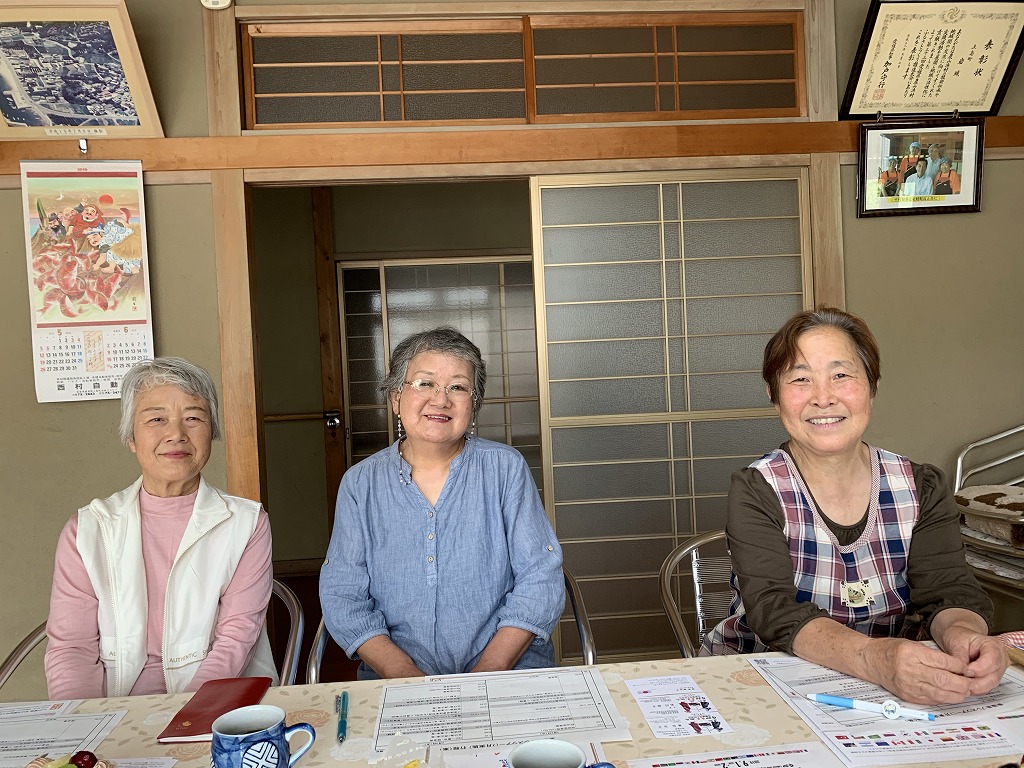

[7] Ehime Governor Tokihiro Nakamura
https://www.pref.ehime.jp/kense/chiji/chiji.html
◆Governor Nakamura will speak about his thoughts on the G20 Labour and Employment Ministers’ Meeting in Matsuyama, Ehime, and about the appeal of Ehime, with its bountiful nature and its balance of cultural and historical sites.
[Governor’s Profile] Born in Ehime in 1960. Graduated from Keio University. After working at Mitsubishi Corporation, was elected as a member of the Ehime Prefectural Assembly in 1987. Elected mayor of Matsuyama in 1999. First elected as governor of Ehime in 2010, now in his third term.
[8] Dogo Onsen Honkan Preservation Work/Asuka-no-Yu
Dogo Onsen is said to be the oldest onsen in Japan, with approximately 3000 years of history. With over one million visitors annually, it is one of the most famous tourist attractions in Ehime. Matsuyama has begun construction work to restore and preserve the Dogo Onsen Honkan (Main Building) and maintain its value as a cultural property, as it last underwent renovations 125 years ago.
This work will take seven years, based on the desire to ensure this treasure of Matsuyama is still around 100 and 200 years later, and initiatives are being put in place to prevent a decline in the number of tourists over this period. These initiatives include continuing business at the Honkan, projects to promote the appeal of the work being done, and opening a new onsen facility called Asuka-no-Yu.
◆Mr. Katsuyoshi Yamashita, head of the Dogo Onsen Promotion Team of the Matsuyama City Dogo Onsen Office and the person in charge of the project to promote Dogo Onsen (including the construction of Asuka-no-Yu), will guide the tour to see the exterior of the Dogo Onsen Honkan currently undergoing construction, and preparations to make a mural of the Hi no Tori (Phoenix) manga by Osamu Tezuka. At the Asuka-no-Yu, the tour will see the interior of the building, which has displays of the legends and stories surrounding Dogo Onsen presented using traditional Ehime crafts, and see the special bathing room replicating the Yushinden, a bathing room in the Dogo Onsen Honkan reserved for the Imperial Family.


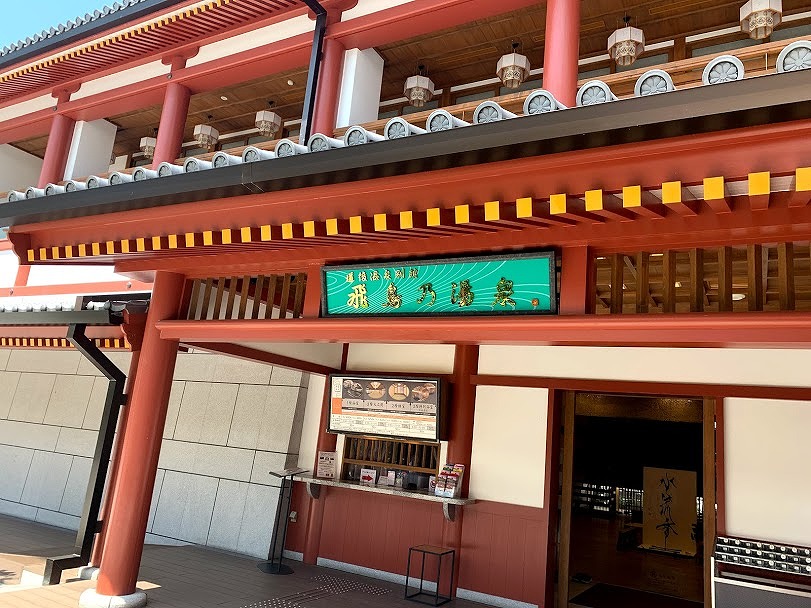
[Tour Itinerary]
- Dates: Tuesday, July 2 to Wednesday, July 3, 2019
- Schedule:
*The schedule is not yet finalized, and may change without notice.
<Tuesday, July 2>
7:25-8:50 Haneda Airport to Matsuyama Airport (JAL 431)
10:00-11:15 Telefarm Inc.
12:45-13:30 Lunch at Kadoya
14:00-15:30 Uwajima Project and Nakata Suisan Ltd.
16:30-17:30 Ikazaki Shachu Inc.
19:00 Arrive at hotel
<Wednesday, July 3>
7:00 Leave hotel
8:05 Arrive at Okogi Port
8:30-9:00 Waki Farm
9:15-10:15 Cyclical Agriculture Initiatives in Iwagijima
10:30-11:00 Iwagi Bussan Center
11:10-12:10 Farm Restaurant Debeso Obachan no Mise
12:30 Leave Okogi Port
15:10-15:30 Interview with Ehime Governor Tokihiro Nakamura
16:00-17:30 Dogo Onsen Honkan Preservation Work and Asuka-no-Yu
19:10-20:35 Matsuyama Airport to Haneda Airport (JAL 440)
- Qualification: Bearer of Gaimusho Press Registration Card
- Cost: 15,000 yen per person including transportation, accommodation (breakfast included), and lunches
*The following cancellation fees will apply:
-Cancellation after 3 p.m., Friday, June 28: 15,000 yen (full amount)
- Participants: Limited to 10 applicants. (Only one reporter or one photographer from each company, but two participants from each TV team will be acceptable.)
*If the number of applicants exceeds 10, an upper limit may be set on the number of participants from each country/region.
- FPCJ contacts: Mayuko Fukasawa (Ms.), Megumi Ishida (Ms.)
(Tel: 03-3501-3405, E-mail: ma@fpcjpn.or.jp )
- Remarks:
(1) This tour is organized by the Promotion Council for the G20 Ehime Matsuyama Labour and Employment Ministers' Meeting and planned and operated by the FPCJ.
(2) The schedule is subject to change without notice.
(3) This tour will require participants to bear part of the cost, but is not a profit-making venture.
(4) Neither the Promotion Council for the G20 Ehime Matsuyama Labour and Employment Ministers' Meeting nor FPCJ will be liable for any inconvenience, trouble or accidents that might occur during the tour.
(5) There may be some restrictions on photographing and filming at the tour sites. Please follow the instructions of the staff in charge.
(6) This press tour is intended to provide opportunities for news coverage. We request that all participants send a copy of the content of their coverage (article, video, or audio in the case of radio) to the Promotion Council for the G20 Ehime Matsuyama Labour and Employment Ministers' Meeting through the FPCJ after their reports are published or aired. When your report is in a language other than English or Japanese, we also ask you provide a summary in English or Japanese. With receiving your application, we assume that you agree to these conditions.



